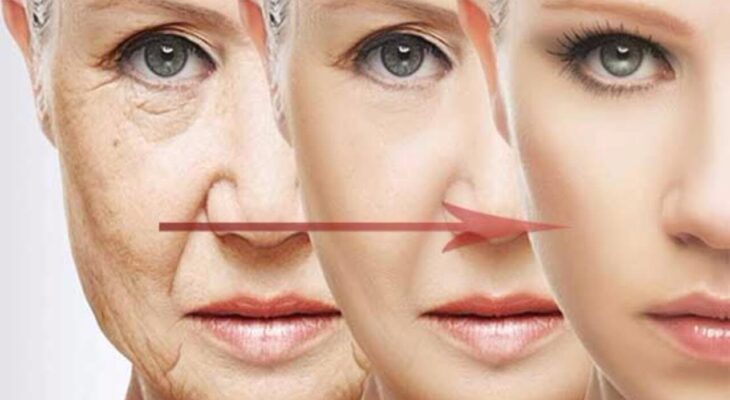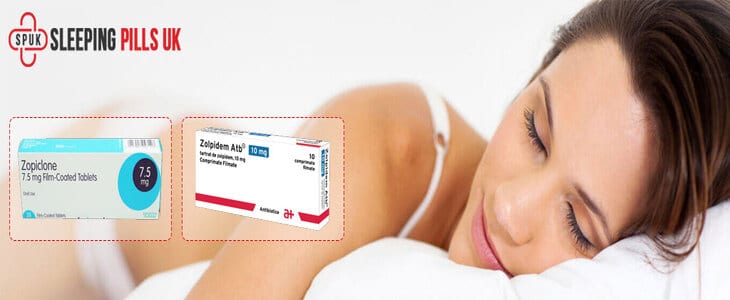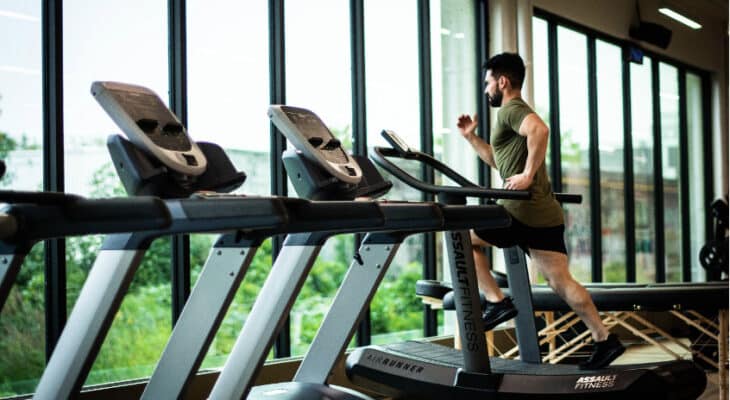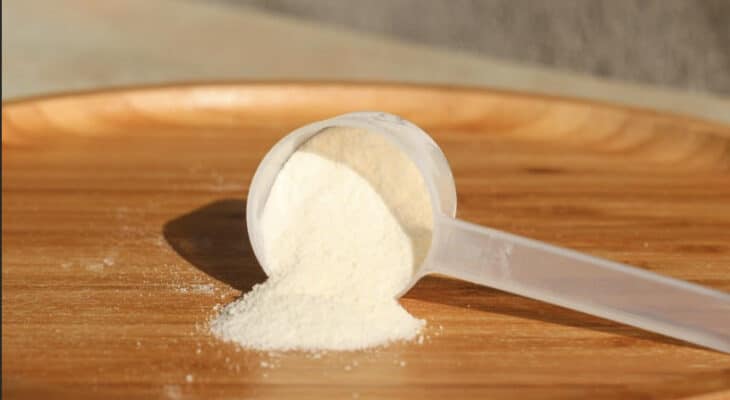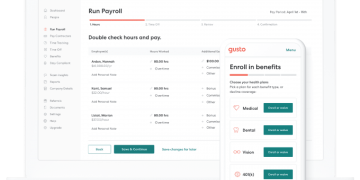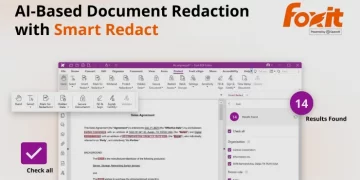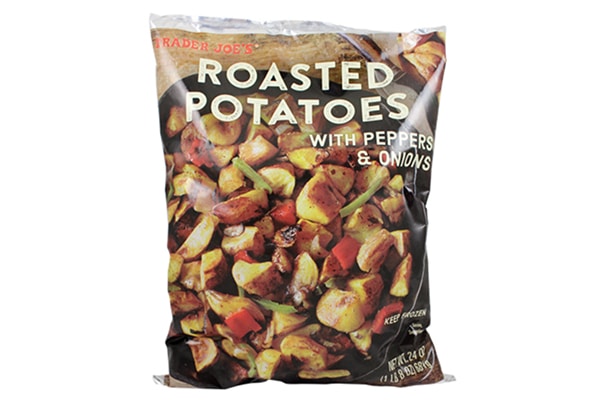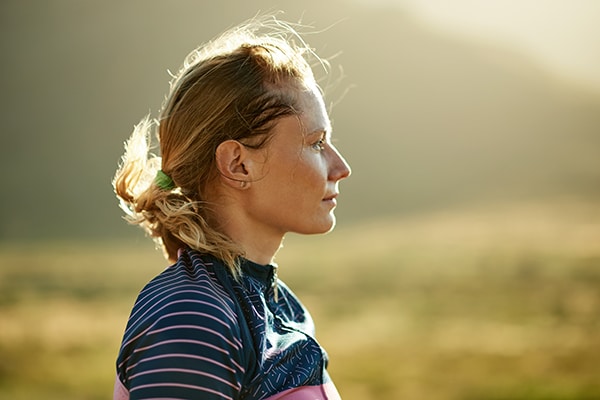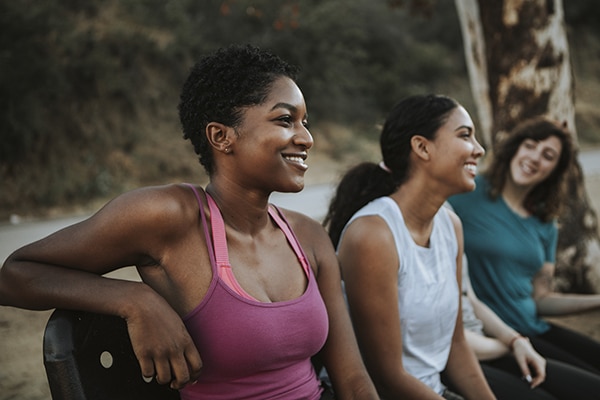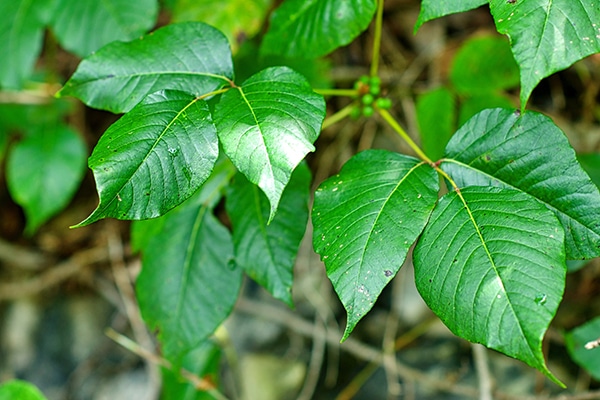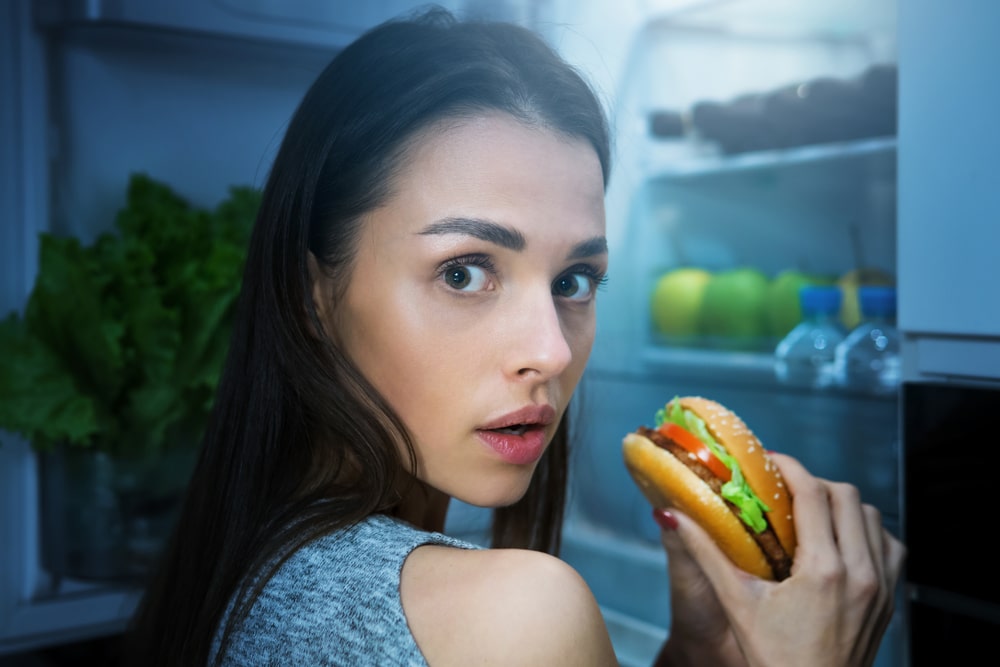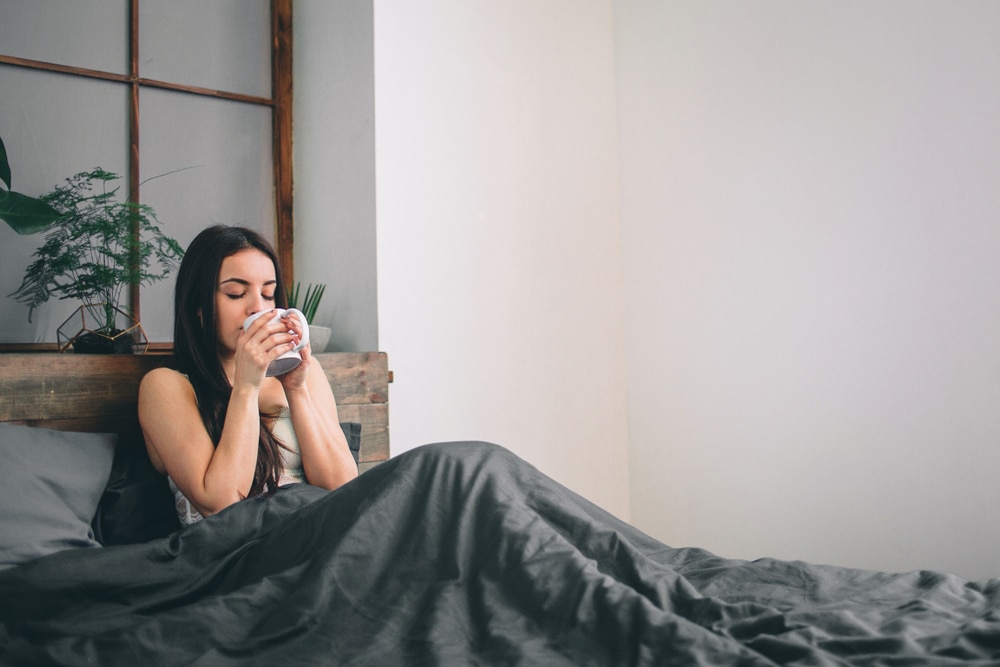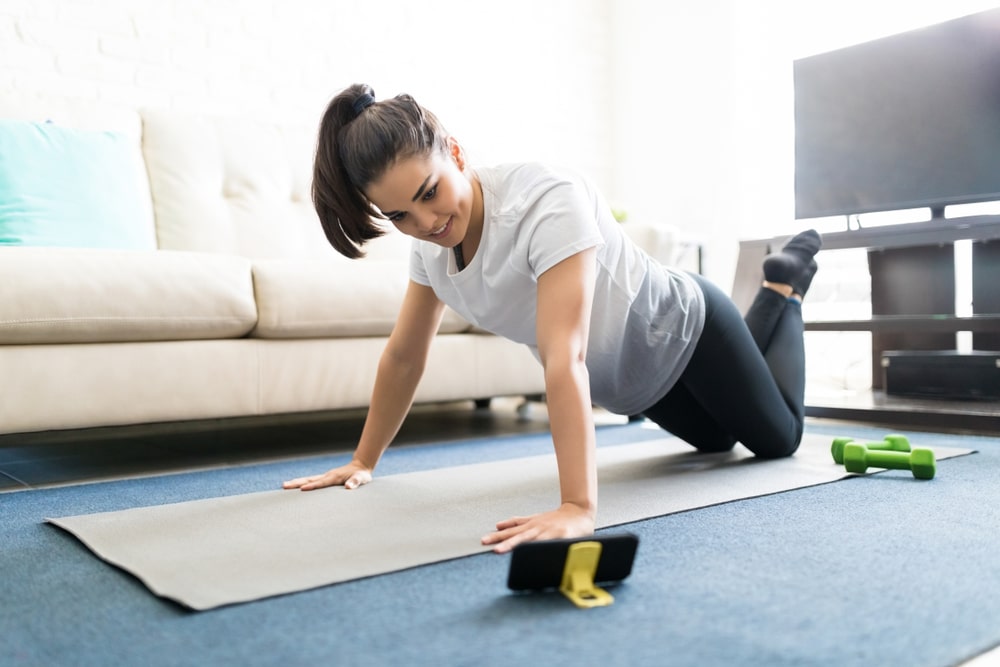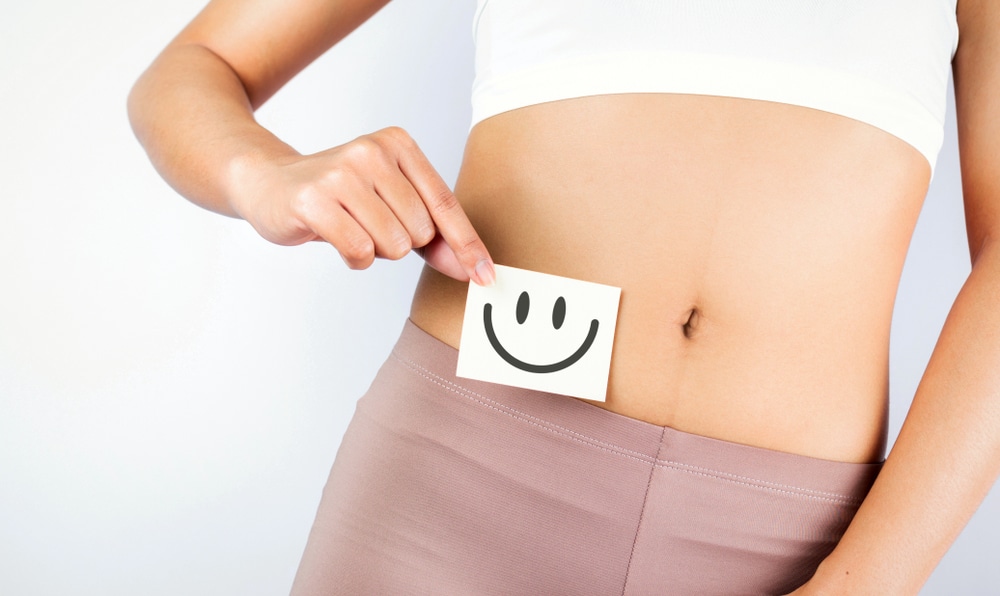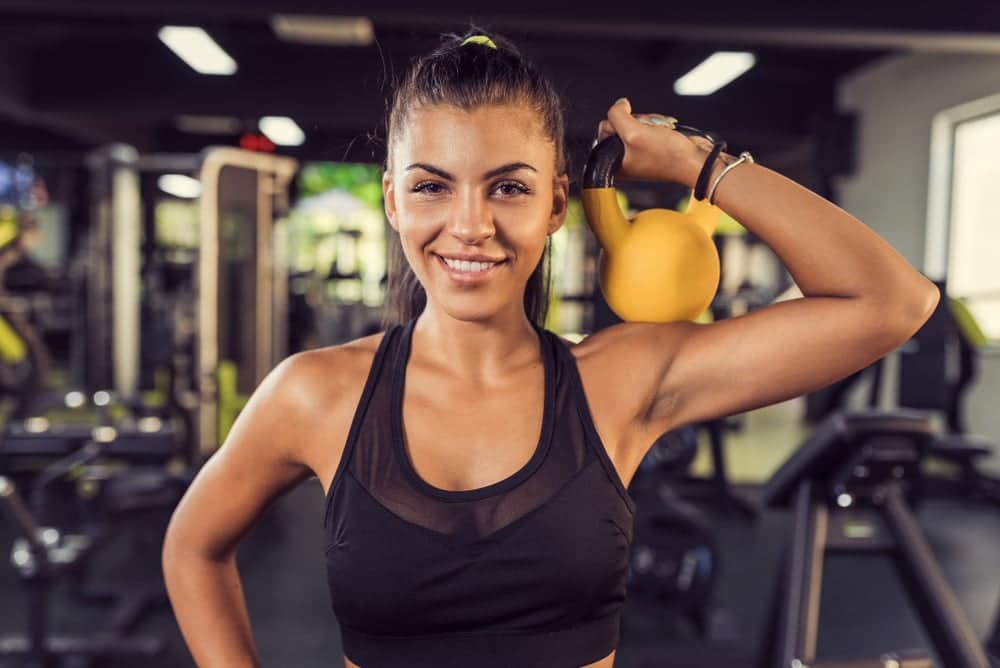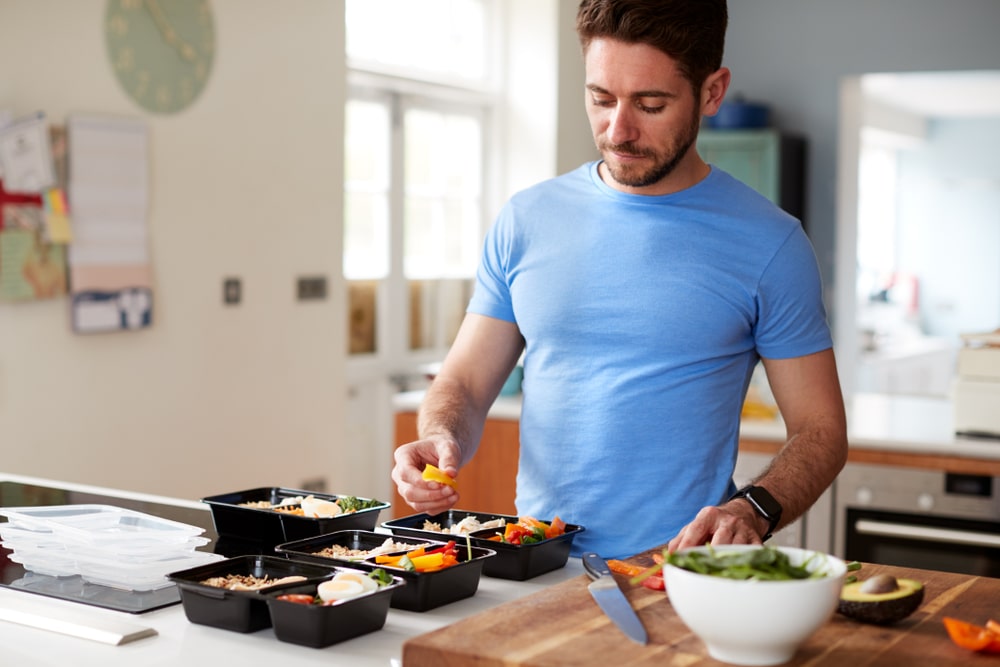In the summertime, the high temperatures can make life sweaty and uncomfortable, but staying cool is about much more than comfort.
“Heatstroke is a life-threatening emergency,” underscores Dr. Matthew J. Levy, M.D., an associate professor of emergency medicine at the Johns Hopkins School of Medicine and an emergency physician at the Johns Hopkins Hospital in Baltimore.
Certain groups are more susceptible to heatstroke, including seniors, children, athletes, people with chronic medical conditions, outdoor and essential workers, and those living without AC.
Certain medications can also make you more prone to heat-related illness, so check in with your healthcare provider.
Try these tips to help stay cool.
Tips for Staying Cool During the Day
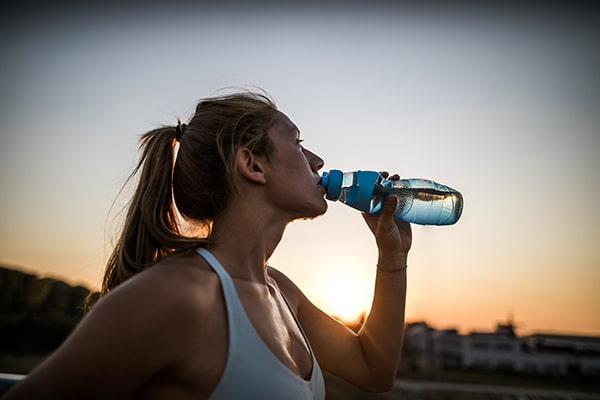
1. Stay well-hydrated
This should be your first priority, says Dr. Eric Ernest, M.D., division chief of prehospital and emergency medical services and an assistant professor in the department of emergency medicine at the University of Nebraska Medical Center in Omaha.
He recommends drinking plenty of water interspersed with an electrolyte drink throughout the day.
2. Avoid or limit alcohol
If you’re trying to stay hydrated, avoiding things that dehydrate you is the next step.
That’s even more important during a heatwave because you may not feel thirsty, points out Dr. Levy.
Even if you don’t feel thirst, “your body can dehydrate quickly during periods of high heat,” he adds.
In other words, swap happy hour cocktails for a refreshing juice instead.
3. Go outside early (or late)
Early morning is the coolest time of the day, so if you’re spending time outside or trying to run during a heatwave, do it then.
But even if you time your workout with the weather, there are still extra precautions you should be taking if you’re running in the heat.
Not an early bird? Time your outdoor time at near or after sunset.
4. Build breaks into outdoor time

Outdoor athletes, listen up — you should add built-in breaks or rest periods that incorporate getting out of the sun into any outdoor activity, says Dr. Levy.
These breaks get you out of the direct sun to cool off, and they allow you to take a beat and scan how you’re feeling before continuing.
5. Choose your clothing carefully
Opt for “light-colored, loose-fitting clothing that is moisture-wicking,” says Dr. Levy, especially if you’re exercising in the heat.
6. Move to the coolest room
If you have a basement, hang out there. If not, Dr. Ernest suggests trying a room with fewer windows with “shades to try to reduce the ambient temperature of the room.”
Tips for Staying Cool at Night
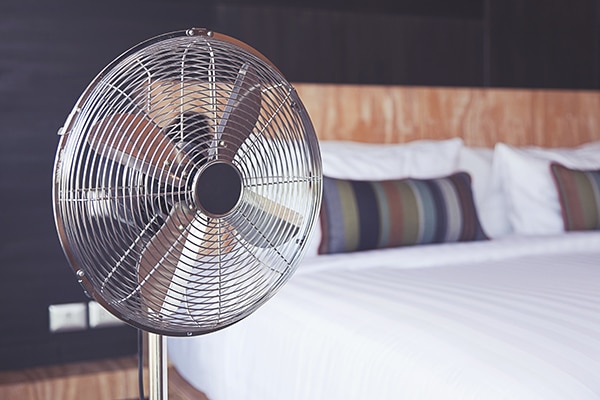
If your immediate impulse is to break out all the fans, you’re onto something. Just know that there is a limit to what they can accomplish.
“Once the temperatures exceed 90 degrees, fans don’t work very well to cool the body,” says Dr. Levy. “They are OK to use but won’t prevent heat illness once the temperature gets this high.”
7. Take a bath or shower before bed
“Getting yourself wet will help your body transfer heat better and help you cool off,” explains Dr. Levy.
Applying towels soaked with cool or cold water will help in the same way.
Fans may help speed this process, but again, they have limitations as the temperature rises.
8. Arrange fans strategically
If your house gets a cross breeze, use fans to encourage this flow of cooler air in and warm air out.
If you don’t get one, position fans to push the warm air out of rooms to drop the temperature.
9. Create your own fake AC
If getting rid of hot air isn’t your primary concern, set up a fan with frozen bottles of water in front of it.
Doing so creates a fake AC system that will blow cold air off the ice in your direction as you sleep.
Tips for Keeping Pets Cool

Your pets can get overheated, too, and need your help staying safe in the heat.
Dr. Ernest says it’s essential to keep them well-hydrated and out of direct sunlight.
You should also get them wet every so often to help them get rid of excess body heat. If you have a kiddie pool, let them soak in it.
If not, you can use a hose to wet them down regularly or even lay soaked towels on them as they rest.
Know How to Spot Critical Symptoms
Overheating and heat stroke can happen fast.
Knowing symptoms to watch for and taking breaks throughout the day to check in on how you’re feeling are essential precautions.
Remember that mild symptoms can quickly progress to serious ones if you don’t take steps to cool down.
If you or someone else experiences headaches, nausea or vomiting, fatigue, weakness, thirst, poor coordination, weaker or rapid pulse, or an increased body temperature, you need to take immediate action to cool down, says Dr. Ernest.
Drink water, get into the shade and apply cool towels to your body if you experience any of these signs of overheating.
Disorientation, dizziness, slurred speech, or lack of sweating “may be signs of heatstroke and require immediate medical attention,” he adds.




